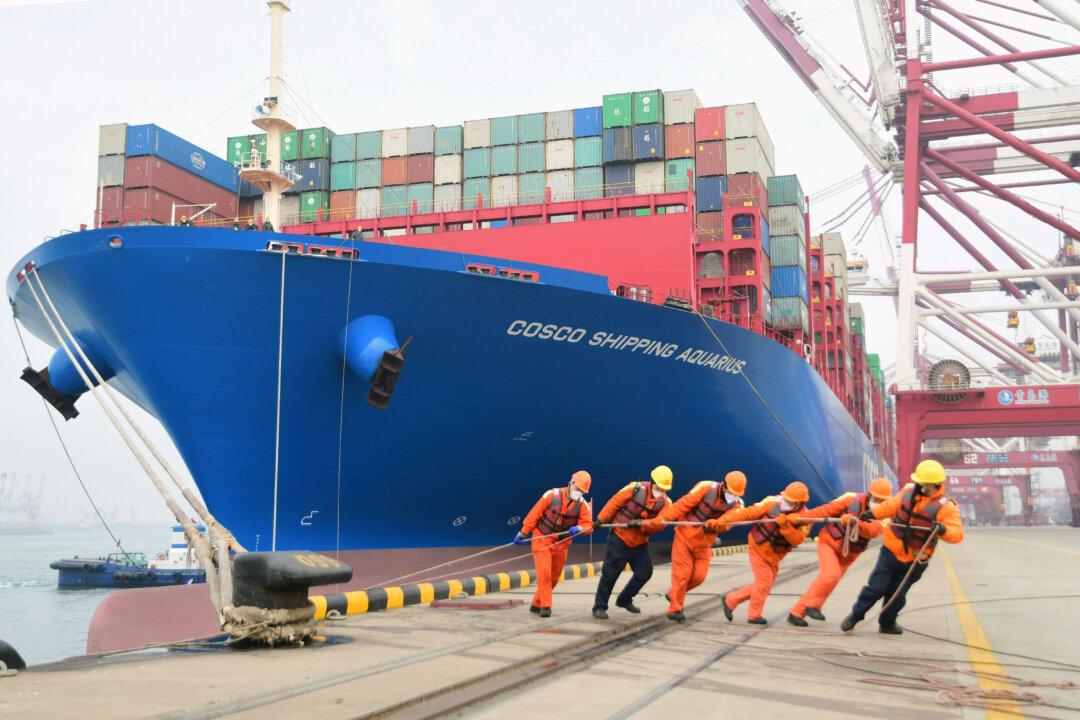WASHINGTON—The CCP virus pandemic has put global supply risks into the limelight, and recent data compiled by a Hong Kong-based supply chain inspection company shows that U.S. firms have already started moving their sourcing away from China.
A manufacturing exodus was already underway due to the uncertainties created by the U.S.–China trade war in 2019. The CCP (Chinese Communist Party) virus, also known as the novel coronavirus, has accelerated that trend and encouraged more companies to reduce their excessive dependence on China as a single supplier.





